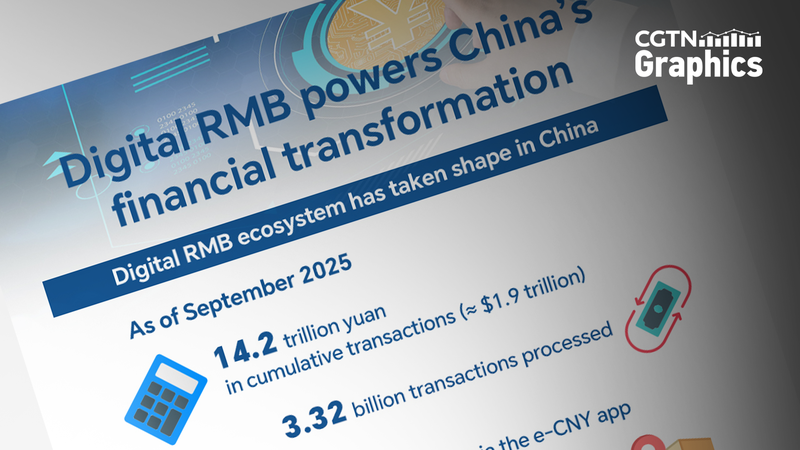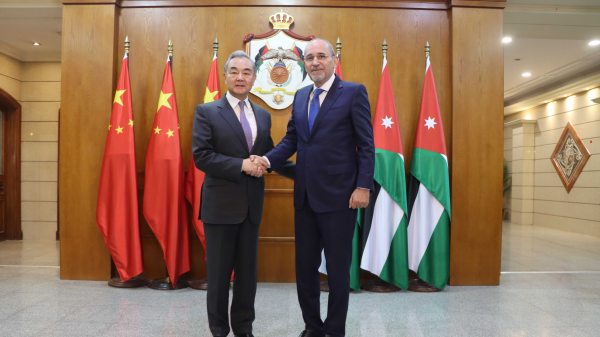Ever wondered how the Chinese mainland is going all-in on digital money? Meet the digital RMB (also called e-CNY)—the Chinese mainland’s national currency in digital form, issued by the People’s Bank of China (PBOC). It’s not just another e-wallet; it’s a whole new financial ecosystem! 💳🚀
By September, a whopping 225 million personal wallets have been opened on the e-CNY app, pushing through 3.32 billion transactions worth 14.2 trillion yuan (around $1.9 trillion). To put that in perspective, that’s like everyone in Indonesia doing multiple digital cheers every month! 🇮🇩🥂
How did they get there? The Chinese mainland has rolled out pilot programs in 26 regions across 17 provinces and cities—covering everything from online shopping and public transport to social welfare payouts and even rural revitalization projects. Think of tapping your phone for bus rides, paying utility bills, and supporting local farmers, all with zero hassle. 🌱🚌
Lu Lei, deputy governor of the PBOC, says this is a game-changer for the digital economy. By modernizing how money is issued and moved, they’re boosting financial inclusion (making sure everyone can access basic banking) and supercharging payment efficiency. In simple terms, fewer fees, faster transactions, and more people plugged into the digital world. 🌐💥
For us in South and Southeast Asia, where mobile payments are already huge—hello, GCash in the Philippines, Paytm in India and e-wallets across Thailand and Malaysia—it’s inspiring to see how a national digital currency can level up everyday life. Could we see a digital rupee or baht next? 🤔
One thing’s clear: digital currencies aren’t just tech buzzwords. They’re reshaping how we pay, save, and engage with the economy. And with the pace of smartphone adoption in our region, a cashless future is closer than you think. Ready to tap? 🌍📱
Reference(s):
Graphics: Digital RMB powers China's financial transformation
cgtn.com



